Undoubtedly, pregnancy and the birth of a long-awaited baby is a great joy for the mother. However, it can be overshadowed by some difficulties, for example, an anal fissure after childbirth. What is it, the causes of the appearance and methods of treatment - further in the article.
Definition
An anal fissure is a rectal disease in which a defect is observed on the skin and mucous membrane. In this case, there is a constant trauma to the rectum, infection of an open wound, which is accompanied by pain, itching and other unpleasant symptoms.
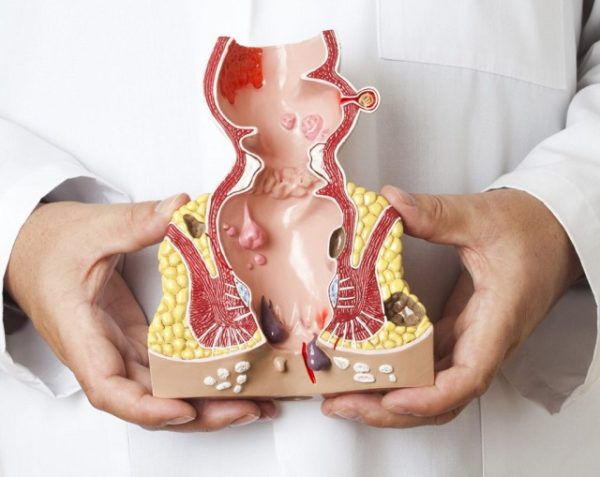
Reasons for the appearance
An anal fissure after childbirth may have the following prerequisites for occurrence:
- During pregnancy, many women have circulatory disorders in the pelvic area. This is due to the fact that the large weight of the uterus with the baby presses on the pelvic arteries and veins. For this reason, many young mothers also suffer from hemorrhoids after childbirth.
- Relaxation of the muscles of the pelvic floor amid changes in the level of hormones in the body. Since during pregnancy many women suffer from constipation, then against the background of this, chronic stretching of the rectum and trauma to large and hard feces of the anus are formed.
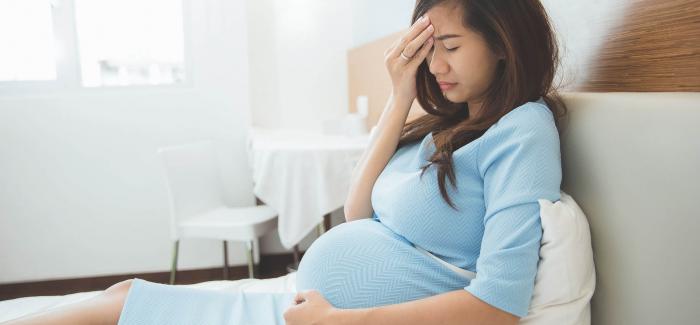
- Stretched tissue of the rectum can be damaged if improperly performed prenatal procedures such as enema.
- The presence of a history of hemorrhoids is also a prerequisite for the appearance of cracks.
- Vascular diseases, such as vasculitis, thrombophlebitis.
- Rapid patrimonial activity.
- Weight lifting during pregnancy.
- Wrong approach to bowel movements after the birth of the baby.
- Mechanical injuries due to anal sex during pregnancy.
In addition, anal fissures in women can appear due to natural labor, when the woman in labor is very strained.
Symptoms
To some extent, the manifestations of the anal fissure are similar to hemorrhoids, however, they have their own specific features:
- a feeling of sharp pain, tingling or soreness at each visit to the restroom;
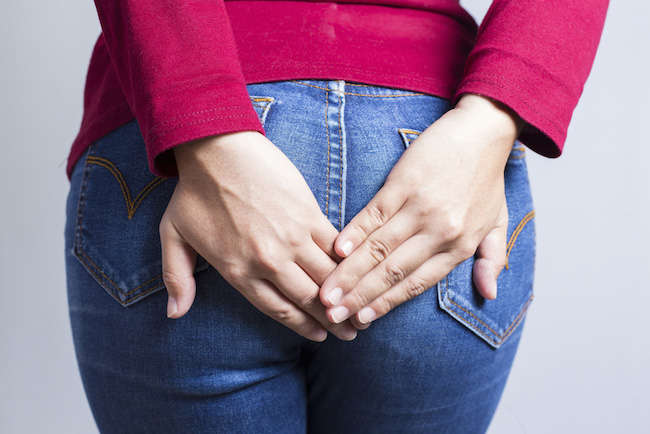
- sphincter spasm, which is obtained as a result of circulatory disorders;
- spotting that can be seen on toilet paper;
- itching, which is caused by the multiplication of pathogenic bacteria in an open wound, while combing only exacerbates the situation.
To make an accurate diagnosis, it is necessary to undergo a full course of research, since the symptoms of an anal fissure can be easily confused with the manifestation of oncological diseases of the rectum, inflammation of the hemorrhoidal nodes.
Acute form
The disease can occur acutely when the crack appeared abruptly and suddenly. It is always accompanied by sharp pain during the act of defecation, spotting and such unpleasant sensations as a feeling of fullness, burning, pressure. Unfortunately, a pregnant woman is not always able to give this much attention, since during the bearing of a child she encounters many troubles of this nature.
Chronic course
This kind of pathological condition has the appearance of an ulcer, so the symptoms vary slightly:
- the pain is felt not specifically at the time of defecation, but some time after, and even several hours can pass;
- compaction of the anus is noted - proliferation of connective tissue and violation of the anatomical structure of the anal sphincter;
- bleeding that may not occur with every visit to the toilet.
A chronic crack can form if 2 months or more have passed since the appearance of the acute crack without the necessary treatment.
Diagnostics
It is possible to identify an anal fissure after childbirth by the following methods:
- a patient survey in which the proctologist identifies the symptoms that the woman is experiencing;
- visual inspection of the anus;
- rectal examination with fingers.
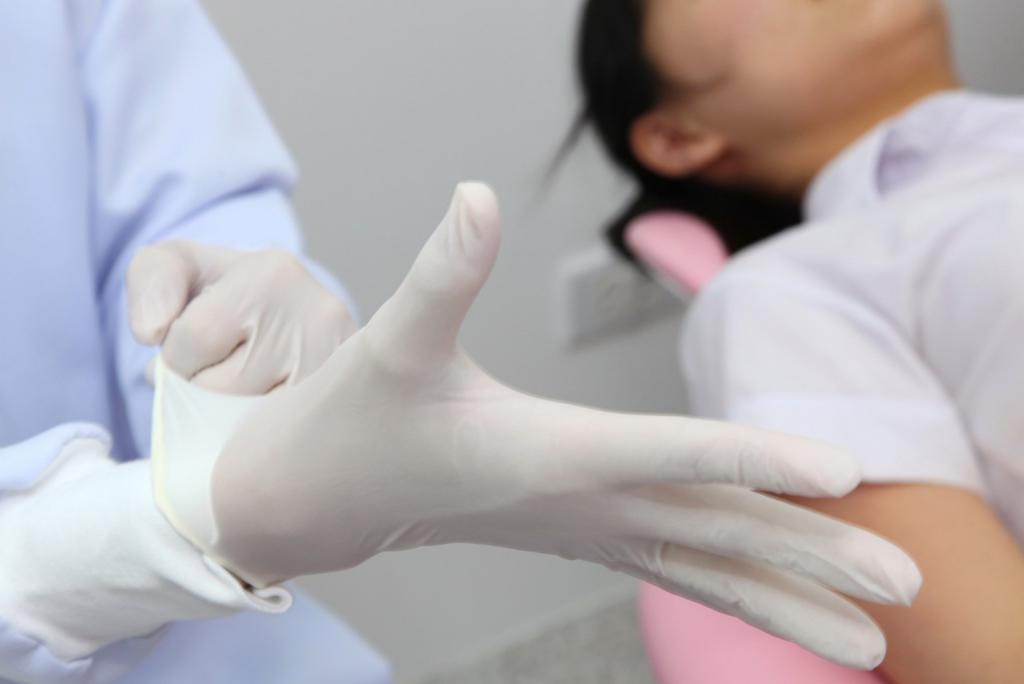
Sometimes a device such as an anoscope or special expansion mirrors are used. All manipulations are performed under local anesthesia, as they can cause pain to the patient.
In addition to visual and physical examinations, blood donation for biochemistry, HIV, analysis of urine and feces, as well as sampling of the material from the ulcer for a biopsy is required.
Therapy
How to treat an anal fissure after childbirth? It should be remembered that self-medication can only exacerbate the situation, therefore, only a qualified proctologist should deal with the problem. For successful healing, it is necessary to exclude all factors that may prevent this:
- lead an active lifestyle, avoid prolonged sitting;
- timely eliminate constipation that lasts more than two days;
- exclude anal sex or use high-quality lubricants;
- use soft toilet paper and wash off after each visit to the restroom;
- timely treat diarrhea.
If a crack has already appeared, then these recommendations are not enough, in this case, serious medical treatment is necessary:
- Sedentary baths after bowel movements. The water temperature should be comfortable and be 30 degrees. To enhance the effect, a decoction of chamomile, a solution of potassium permanganate, an infusion of oak bark is used.
- Ointments that should combine the analgesic and healing effect. It can be such drugs as Emla, Bepanten, Proctozan, Levomekol. Creams must be injected into the anus twice a day after bowel movements and washing.
- Suppositories are used as an active form of treatment not only for anal fissures, but also for hemorrhoids. In this case, combined preparations are selected that include painkillers and active substances. It can be such candles - "Relief", "Posterisan", "Aurobin", candles with sea buckthorn oil.
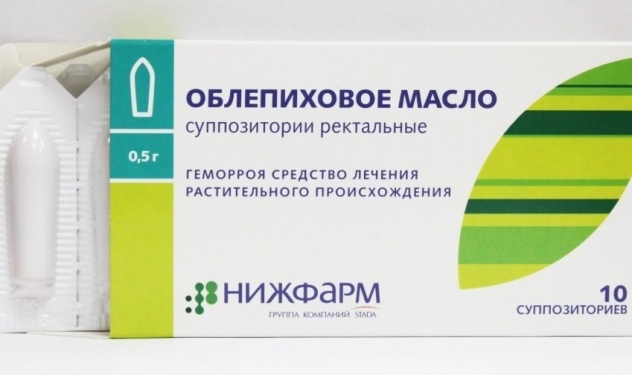
In the presence of chronic constipation, it is recommended to use mild laxative drugs.
Surgical treatment
In rare cases, removal of the anal fissure is possible only surgically. There are such methods of intervention:
- Devulsion is a mechanical extension of the anus that helps relieve spasm. Partially solves the problem with constipation, and also speeds up the healing process of the crack.
- Cryodestruction - freezing a crack with liquid nitrogen. The operation has some contraindications, and there are also negative aspects in the form of the inability to cover only the affected tissue, as well as the high cost of the procedure.
- Sphincterotomy is a classic operation that involves excising an anal fissure along a plane within healthy tissues. The healing time is about 5-6 days, while the wound must be washed twice a day with warm water and treated with Levomekol ointment.
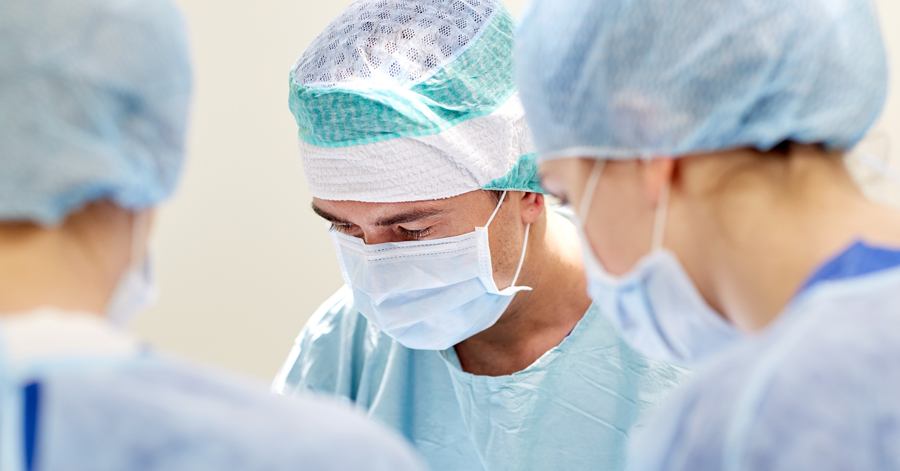
Surgical treatment is not possible during lactation, so a woman will need to wait until it is over or, in case of large damage, refuse to breast-feed.
Complicated condition
An anal fissure after childbirth can be aggravated by such chronic conditions:
- heavy bleeding from the rectum, which over time can cause anemia;
- pectenosis - a condition in which there is a replacement of the connective sphincter muscle tissue, as a result of such changes, the ability to naturally excrete feces is significantly reduced and coprostasis occurs;
- Papaproctitis is an infectious inflammation that is characterized by throbbing pain in the anus, fever, fever, and general weakness.
In rare cases, malignancy of a chronic ulcer is noted.
Diet
To quickly heal the anal fissure after childbirth, you must adhere to a special diet that will relieve constipation, diarrhea and bloating - this is necessary for the speedy healing of the defect. She completely forbids such foods:
- canned food;
- alcoholic drinks;
- spicy and salty dishes;
- carbonated drinks;
- milk;
- smoked meats;
- sweets.
To improve intestinal motility, it is recommended to consume more foods that contain fiber, such as fruits, vegetables, whole grain bread, cereals. Sour-milk products, dried apricots, prunes also have a positive effect on the gastrointestinal tract.
It is important to observe the drinking regime and consume a large amount of liquid - 2 liters of clean water without gas per day. Also allowed the use of fruit and berry compotes, natural juices in small quantities.
Prevention
Anal fissures after childbirth are a type of disease that is easier to prevent than to treat, so proctologists recommend that you follow these tips for prevention:
- Perform monitoring of the gastrointestinal tract. To do this, it is recommended to eat properly and balanced, and to exclude the possibility of dysbiosis, it is recommended to regularly eat fermented milk products.
- The use of high-quality soft toilet paper is necessary to eliminate external irritants of the anus.
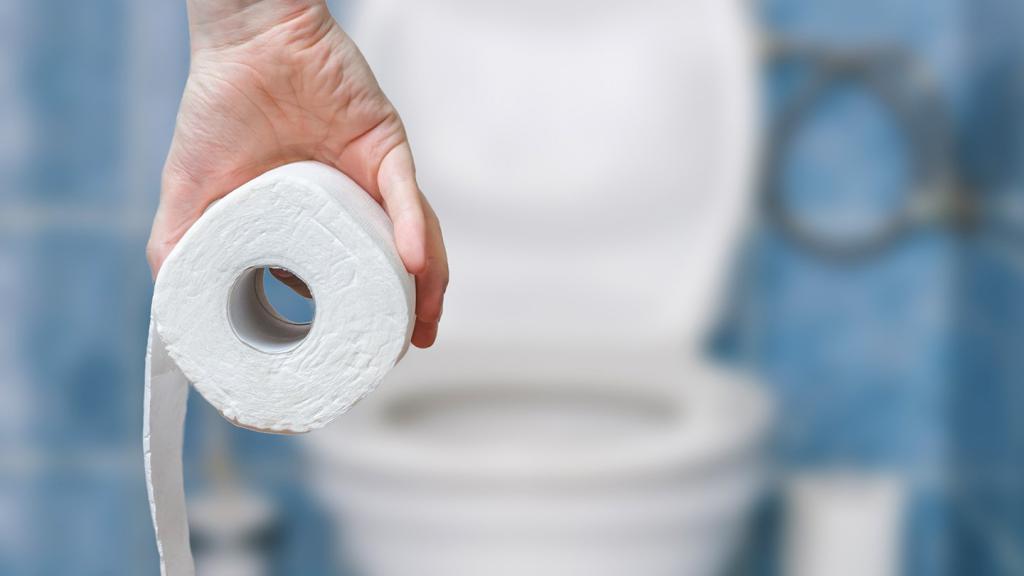
- It is important to observe the rules of intimate hygiene, which note the need for washing twice a day, as well as after each act of defecation.
- Monitor the quality of the chair. This is important in order to prevent the occurrence of constipation, diarrhea, which negatively affect the microflora of the rectum and contribute to the formation of anal fissures.
Unfortunately, even with strict adherence to the above rules, an anal fissure can occur during pregnancy. Reviews note that about 30% of women giving birth face a similar problem. However, even if it was not possible to prevent the appearance of pathology, then every effort should be made to solve the problem at the initial stage, until it turned into a chronic ulcer.